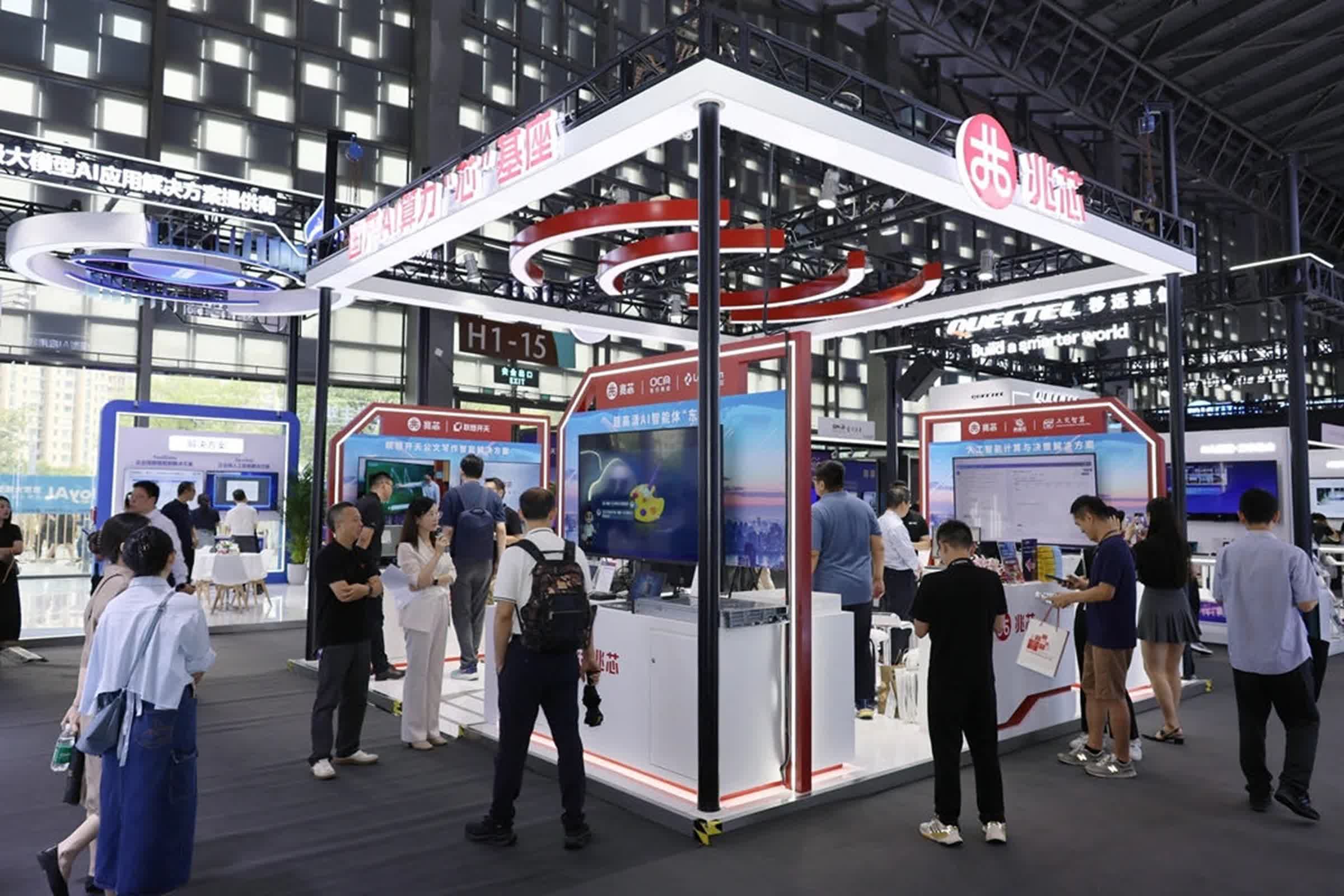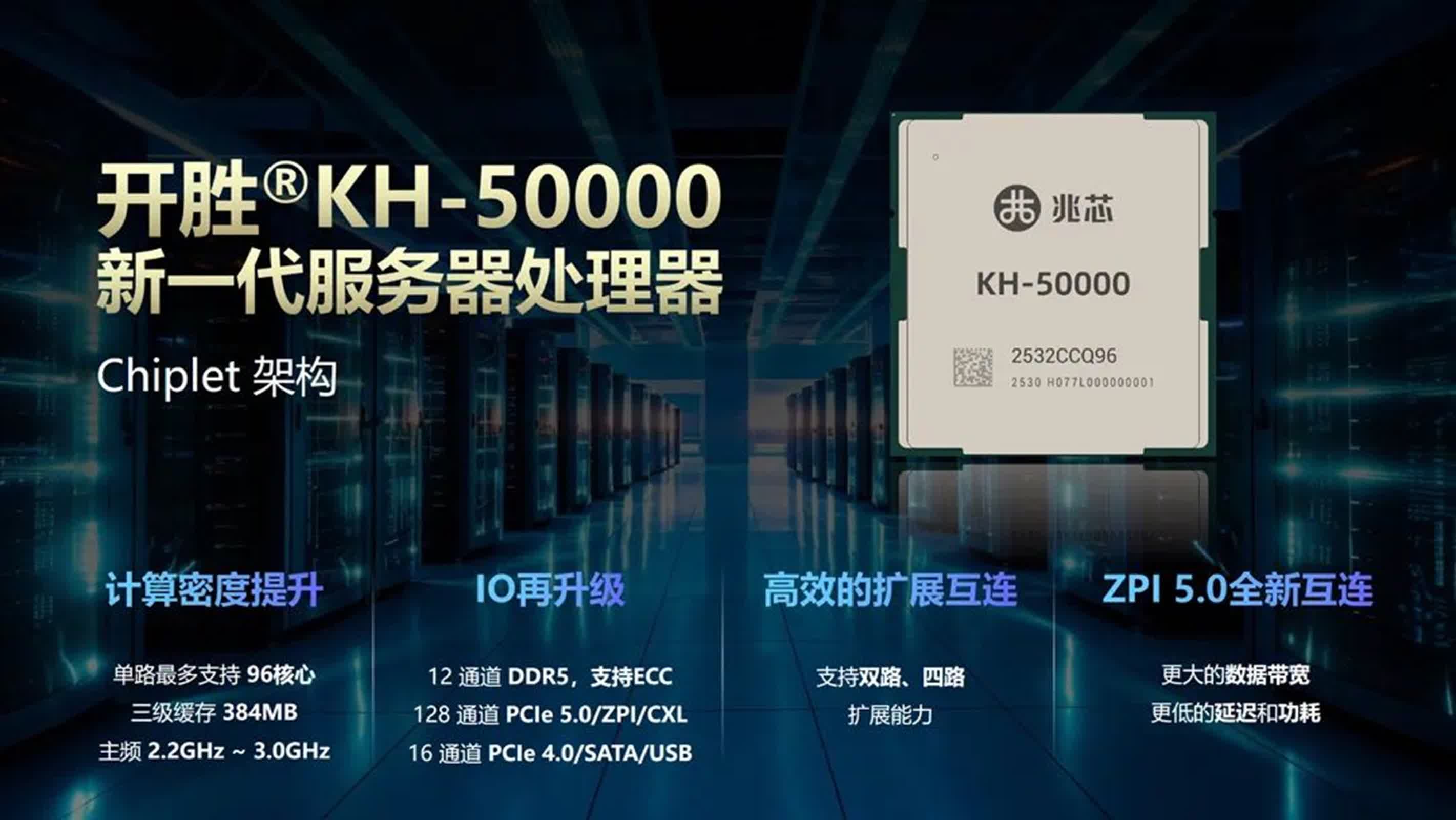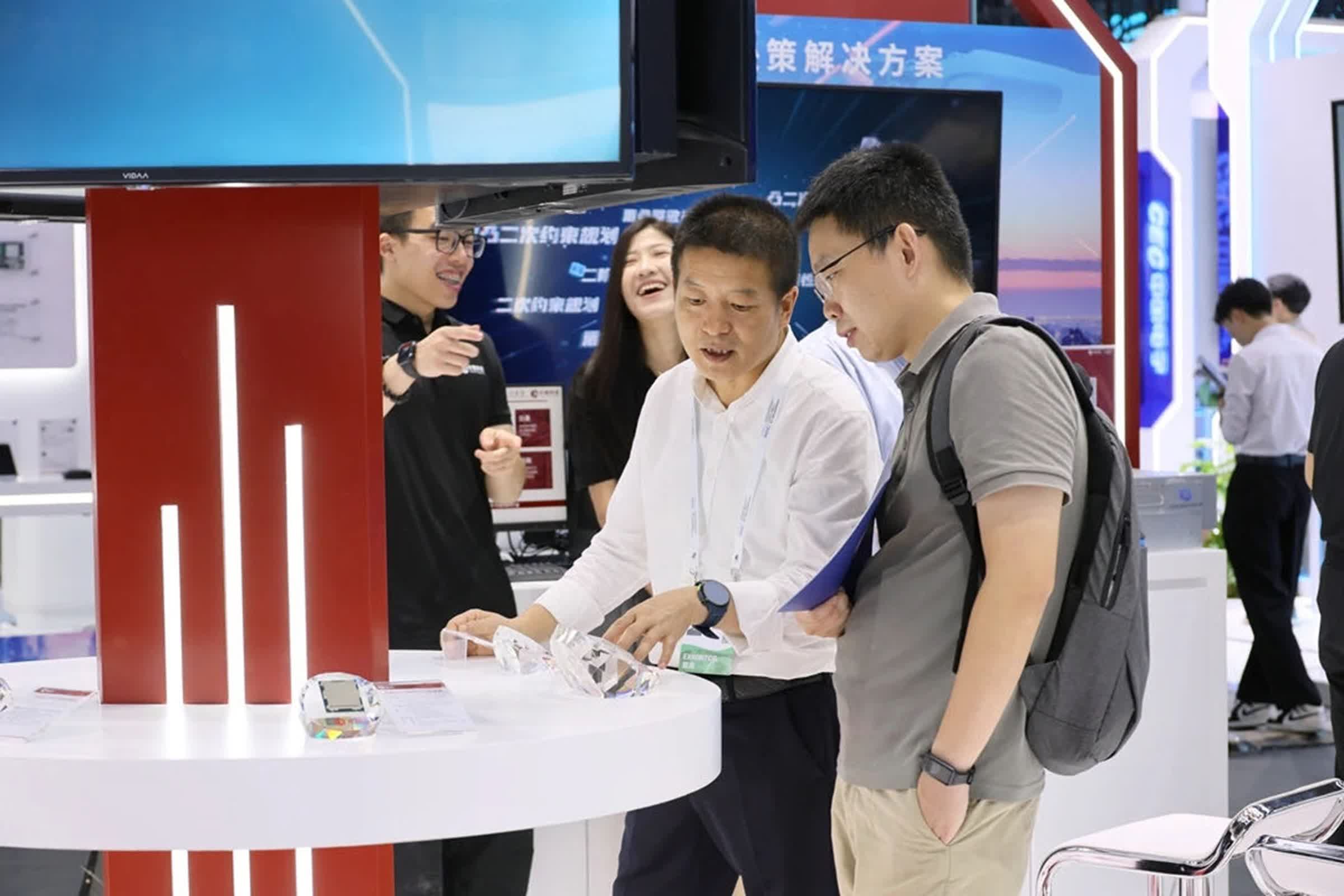Why it matters: Zhaoxin's latest processors mark a key step in China's push for technological self-reliance, bringing new AI-focused chips that aim to challenge established global players. While still behind industry leaders, these advances reflect growing domestic capabilities in AI computing, signaling a shift toward greater innovation and independence in a strategic sector.

This week, Chinese semiconductor company Zhaoxin introduced its latest generation of consumer and enterprise processors at the 2025 World Artificial Intelligence Conference in Shanghai. Two new flagship chips were on display: the KaiXian KX-7000N, aimed at AI-driven personal computers, and the Kaisheng KH-50000, a server processor built to meet rising demand for advanced data center infrastructure.
The launch is part of Zhaoxin's effort to reduce China's reliance on foreign technology and strengthen its presence in an industry still dominated by AMD and Intel. Technical details for the KaiXian KX-7000N remain limited, but it marks Zhaoxin's first AI CPU with a dedicated neural processing unit.
The KX-7000N builds on the previous KX-7000 consumer chip by adding a high-performance NPU, plus unspecified increases in core count and support for PCI Express 5.0 in place of PCIe 4.0. Tom's Hardware reports that Zhaoxin also unveiled an ecosystem of AI PCs powered by the KX-7000N, aimed at smart content creation, intelligent document writing, education, and more. The company says the chip enables efficient, real-time AI processing at the edge for both enterprise and personal computing.

Zhaoxin also showcased the Kaisheng KH-50000 server chip, positioned to compete with AMD's EPYC 9004 Genoa series in core count and platform features. The KH-50000 offers up to 96 physical cores, tripling the count of its predecessor, the KH-40000. Zhaoxin has not confirmed whether the chip supports simultaneous multithreading, but the higher core count should deliver substantial gains in multi-threaded workloads typical of AI training and inference.
The new chip integrates 384 MB of L3 cache, matching AMD's latest offerings and outpacing Zhaoxin's previous generation sixfold. It also supports 128 PCIe 5.0 lanes for high-speed data transfer and works with 12-channel DDR5 error-correcting memory to handle the bandwidth demands of AI and data center operations.
Compute Express Link support adds flexibility for heterogeneous hardware expansion, an increasingly vital resource as workloads diversify. Zhaoxin's proprietary ZPI 5.0 interconnect enables multi-socket configurations, allowing up to four KH-50000 chips per motherboard for a total of 384 CPU cores.

Although Zhaoxin has yet to detail the processor architectures behind its latest chips, the jump in core count and capabilities in the KH-50000 strongly suggests a new design. The company has long relied on its in-house Yongfeng architecture but has not confirmed whether it underpins this generation.
The unveiling coincided with demonstrations of complete AI hardware and software solutions created with local partners. These included AI workstations, servers, smart education products, document processing systems, and platforms for government, finance, and healthcare.
As China pushes for technological self-sufficiency, Zhaoxin's latest processors show incremental but meaningful progress in challenging global incumbents. Chinese-designed chips have yet to surpass the leading offerings from industry giants, but gains in performance, security, and ecosystem readiness position Zhaoxin as a cornerstone of the country's AI and computing ambitions.
Zhaoxin unveils new consumer and server CPUs aimed at challenging global semiconductor giants